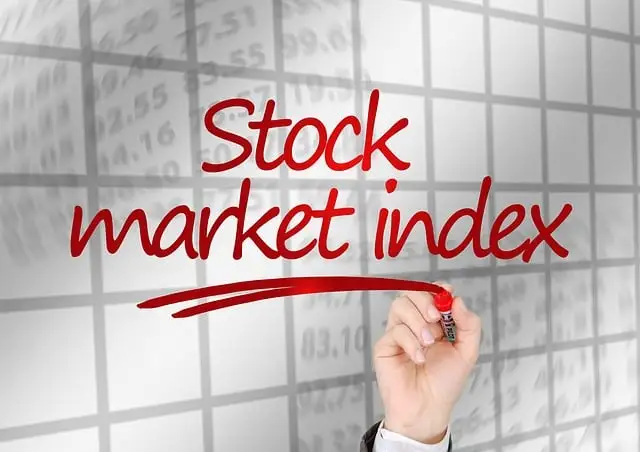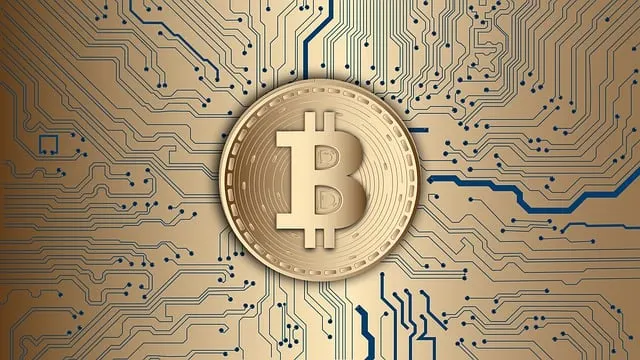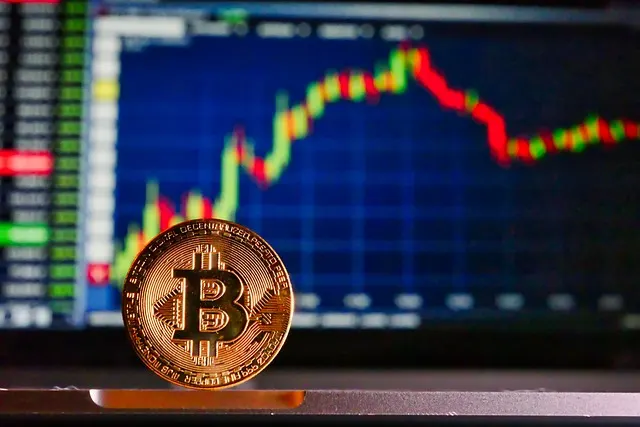Most Americans still keep their savings in traditional accounts that barely earn interest. Only about 18% use high-yield savings accounts—an option that can significantly increase your returns with minimal effort. But before you move your money, there are a few critical things you need to understand. This guide will break them down clearly and directly.
1. Understand the Tax Implications
If you’re used to earning pennies from banks like Chase or Bank of America, you probably haven’t thought much about taxes on interest. With high-yield savings accounts, that changes. Interest you earn is considered ordinary taxable income by the IRS. Once you earn more than $10 in interest, your bank issues a 1099-INT form.
Let’s say you have $10,000 in a high-yield savings account earning 4% annually. That’s $400 in interest. If you’re married filing jointly and your taxable income is $125,000, you’re in the 22% marginal tax bracket. That $400 is taxed at 22%, meaning $88 goes to taxes. You’re left with $312. Even after taxes, you’re far ahead of what you’d get from a traditional savings account.
For perspective, $10,000 at 0.01% interest—what you'd find at many big banks—earns you $1 a year. That's not a typo. One dollar.
2. Interest Rates Are Temporary
As of now, high-yield savings accounts are offering between 4% and 5.5%. That’s a solid return for money you want to keep liquid—cash you might need at any time. But these rates aren’t permanent.
In early 2022, the Federal Reserve raised interest rates to combat inflation. Banks followed suit to stay competitive. But when the Fed cuts rates, banks will too. That 5% you're earning could drop to 2% or even less in the next year or two. Still, even when rates fall, high-yield savings accounts tend to offer better returns than traditional ones. If you see a strong rate now, take advantage—but don’t expect it to last forever.
3. They’re Not for Building Wealth
A high-yield savings account is not an investment. It’s a smart place to keep your emergency fund, save for a short-term goal, or park money you might need soon. But long term? You're wasting opportunity.
Say you stash $25,000 in one of these accounts for 30 years at an average 2% yield. You end up with about $45,000. Inflation alone will eat up most of those gains. But if you invested that same $25,000 in a broad U.S. stock market index with an 8% average return, you’d have over $250,000.
Now imagine you added $7,000 each year. You'd end up with over $1 million. That’s the power of investing. So unless you need immediate access to your money, don’t mistake high yield for high growth.
4. Account Requirements Vary
Not all high-yield savings accounts are created equal. Some require a minimum balance to access their top rates. For example, CIT Bank offers a 5% yield—but only if you maintain at least $5,000. Otherwise, you’ll earn just 0.25%.
Others, like Sofi, offer a generous 4.6% rate and up to a $325 cash bonus—but only if you set up a qualifying direct deposit. That means regular income from payroll, pension, or government benefits. No direct deposit? No bonus. No high rate.
The good news: most accounts don’t require a minimum balance or direct deposit. And opening multiple accounts won't impact your credit score. So you can test different options or chase the best bonus offers.
If you're under 18, look into custodial account options with a parent or legal guardian. Some banks also allow you to open an account with just $100.
5. Know the Features and Limitations
Why do these accounts offer higher yields? Simple—low overhead. Most high-yield banks operate entirely online, saving on physical branches and operating costs. That’s why you’ll see better interest rates, but it also means fewer in-person services.
If you’re not comfortable banking online, consider a hybrid option like Capital One, which offers online convenience with some physical branches. They also have a 4.25% yield on their 360 Performance Savings Account and include a debit card.
Speaking of debit cards, not all high-yield savings accounts provide them. Some, like Sofi, do—and they offer access to 55,000+ no-fee ATMs worldwide. Others don’t, meaning you'll need to transfer money to a checking account before withdrawing cash.
Still, managing these accounts is usually simple. Whether it’s Sofi, Chase, or Capital One, the apps are user-friendly and setup takes minutes.
| Bank Name | Interest Rate | Minimum Balance Required | Additional Requirements |
|---|---|---|---|
| CIT Bank | 0,05 | $5,000 | None for lower rate, $55,000 for top rate |
| Sofi | 4.6% | $100 | Direct deposit required for bonus |
| Capital One | 4.25% | None | No minimum, but limited to online services |
| Chase | 0.01% | None | Traditional savings account with low rate |
Bottom Line
Use high-yield savings accounts for what they’re designed for—liquid, short-term savings. Don’t expect them to build your wealth. For that, you need to invest. Understand the tax rules, keep an eye on changing rates, and choose the right account based on your needs and goals. If you’re disciplined, smart, and proactive, you can make your money work harder—even in a savings account.
Want me to format this into a PDF or styled document for sharing or publication?
Other articles for you

Understanding Municipal Bonds: A Direct Guide for Smart Investors

Municipal bonds are far from flashy—but that’s their strength

Learn how to invest in REITs effectively, avoid common mistakes, and build a diversified real estate portfolio with long-term passive income potential.

Let’s clear the confusion

What income will put you in the upper middle class? The answer might be a little more complex than it seems.

No one wants to be broke

Your twenties matter more than you think

The idea is simple

If you’ve got crypto sitting idle in your wallet, you’re probably leaving money on the table.

Today, we’re diving into the two most common passive income options in the crypto space: yield farming and staking.